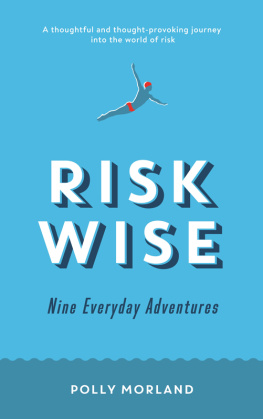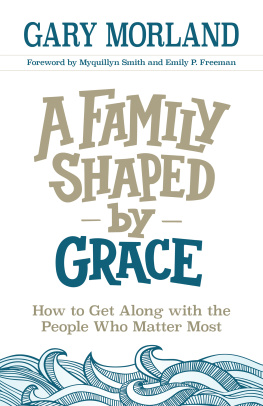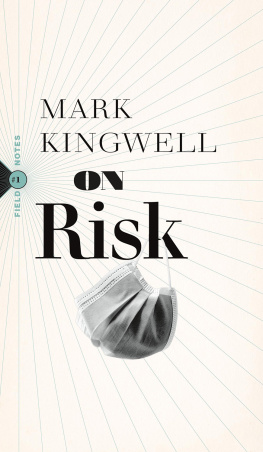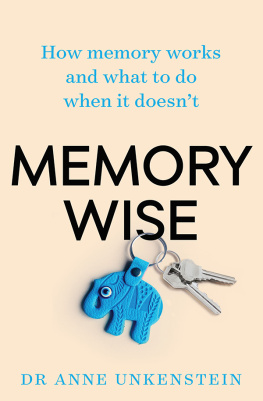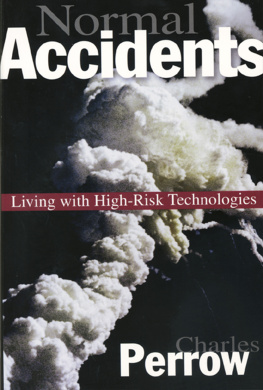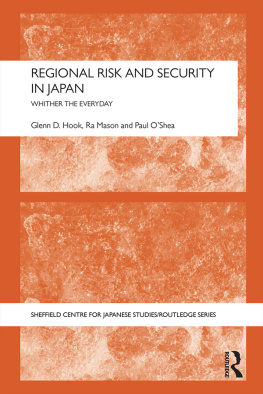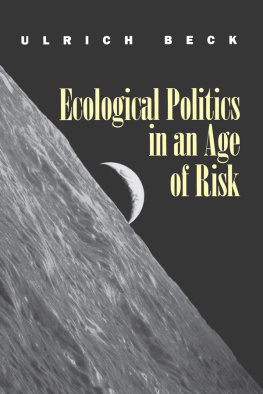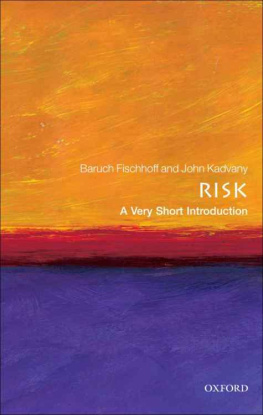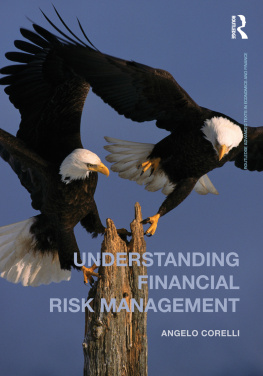Risk Wise
POLLY MORLAND is a documentarian, film-maker and writer. She is the author of the widely acclaimed The Society of Timid Souls or, How to be Brave, which was longlisted for the Guardian First Book Award, and a Faculty member at The School of Life.
Risk Wise is illustrated by the work of celebrated documentary photographer, Richard Baker.
Risk Wise started life with a partnership between Allianz Global Investors and The School of Life, who invited Polly Morland to act as their writer-in-residence but with a difference. Instead of residing in a particular location, Morland was asked to live within a specific concept: to explore how, in a world where risk is inevitable, we might learn to embrace it wisely. This book is the result.
Risk Wise
Nine everyday adventures
Polly Morland
Photographs by Richard Baker
Published in association with
The School of Life

First published in Great Britain in 2015 by
Profile Books Ltd
3 Holford Yard
Bevin Way
London WC1X 9HD
www.profilebooks.com
Published in association with
The School of Life
70 Marchmont Street
London WC1N 1AB
www.theschooloflife.com
Copyright The School of Life 2015
The right of Polly Morland to be identified as the author of this work has been asserted by her in accordance with the Copyright Designs and Patents Act 1998.
All photographs reproduced by permission: page 20, NASA/Chris Hadfield; page 102 Marcus Hartmann 2013/www.photo-hartmann.de; page 128, Christian Schuh; page 130, ICRC/Kate Holt. All other photographs Richard Baker 2015.
All rights reserved. Without limiting the rights under copyright reserved above, no part of this publication may be reproduced, stored or introduced into a retrieval system, or transmitted, in any form or by any means (electronic, mechanical, photocopying, recording or otherwise), without the prior written permission of both the copyright owner and the publisher of this book.
A CIP catalogue record for this book is available from the British Library.
eISBN 978 1 78283 156 3
All reasonable efforts have been made to obtain copyright permissions where required. Any omissions and errors of attribution are unintentional and will, if notified in writing to the publisher, be corrected in future printings.
For my mother:
Is that wise?
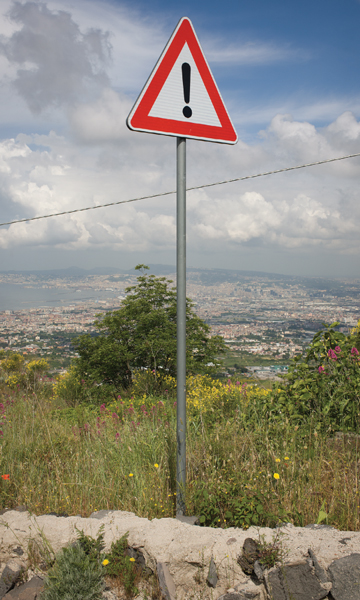
Introduction
The original plan was to open this book with a bold utopian vision of a world without risk, a carefree El Dorado where nothing that we hold dear is suffered to hang in any kind of infernal balance, but instead is suspended in a bubble of immaculate and infinite safety. The transported reader would be reminded of the finer sort of science fiction or perhaps one of those elegant thought experiments beloved of late twentieth-century bluestockings. The graceful conceit would then set the stage for a timely and orderly meditation upon risk in the modern world.
It would have been great, if only it had worked.
But instead the utopia quickly turned into dystopia and from there into chaos not, one hopes, because of the ineptitude of the writer, but because of the sheer impossibility of removing the notion of risk from any imaginable form of human life. Please, feel free, try it yourselves and good luck, but do not expect a smooth ride.
For quite apart from the troublesome business of mortality, which you have been warned is a serious obstacle for anyone foolhardy enough to hallucinate a risk-free existence, there also remains the sticky issue of how fundamental risk is to our temporal day-to-day lives. It is because we do not know what is going to happen and we mind about what does that the notion of risk exists at all.
Yet something strange has happened to it in recent years. So cosseted from many sorts of danger have we in the developed world become that we have rather lost our bottle; or at least we think we have, which in itself can be curiously self-fulfilling. We hark back to an age when the sorrows and misfortunes of earlier generations were simply absorbed by doughty folk hardened to disaster and disappointment. And our nostalgia for their bygone resilience, although we in part invented it to fit our story, means that we tend not to see their travails and their triumphs through the prism of risk. No, rather in the way that teenagers with spots and broken hearts feel that their anguish surpasses any prior heartache, so we in the modern world feel that we own risk somehow, that our experience of it is uniquely intense. Moreover, because our secular society has replaced divine ordinance with a cult of individual control, we read our whole lives through a balance sheet of risks and safeguards, so that when anything goes wrong, as it inevitably does, we reflexively hunt for the person who should have seen it coming all along (this is called the hindsight bias, more of which later on).
The crux is this: in one sense the urge towards safety can be, and is, good; but if left unchecked, it fosters a delusional zeal to stamp out every last pernicious risk whereer it lurks, fudging the neutral idea of uncertainty with the negative one of hazard. Indeed, your thesaurus will tell you that hazard and risk are one and the same, but do not be fooled; they are not. And, if this book sets out to do one thing, it is to disabuse you of that.
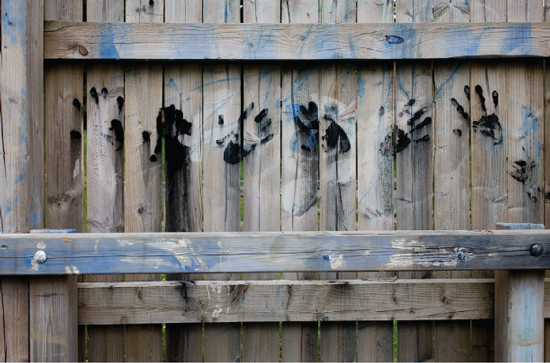
What if we were to look beyond an idea of risk conjured alone by TV images of planes hitting skyscrapers, bankers slumped on desks as stocks flat-line or of lone polar bears teetering on shrinking icebergs? What if we were to entertain the thought that sometimes risk can be good? Whisper it, for in your heart you already know that we each of us take a thousand large or small risks every day. When you cross the road, get on the train, climb a hill, hurry downstairs, voice an opinion, tell a white lie, butter some toast, drink a beer, say a prayer, take a holiday, take a job, lean in for a kiss, slam a door in rage, buy a house, buy a book, say goodbye, say hello, each of these acts contains a few essential particles of risk. And could the time have finally come to celebrate the fact?
Peruse, with an eye to risk, the corpus of ancient Greek ethics and you quickly realise much of it is given over to contemplation of the essential ingredients of risk: how much of human life depends upon things, both good and bad, that humans cannot control and how the good man (or woman) can reasonably be expected to navigate the fact. Aristotle in particular spent a lifetime teasing out ideas of a good life that is only meaningful as pursued in a world where it is not necessarily handed to you on a plate. Indeed, the heart of his ethics turns on the idea of the Golden Mean; that the virtues live in some state of equilibrium with their concomitant vices, so courage sits at the halfway point between rashness and cowardice, generosity between extravagance and meanness, modesty between shyness and shamelessness and so on.
Risk was not isolated for this treatment, of course. Aristotle was a millennium and a half too early for that and besides it is not a virtue but this book proposes that we nevertheless borrow the philosophers model. Given that a world without risk is unthinkable and that hyper-caution may prove as undesirable, and as hazardous, as mindless thrill-seeking, consider this: where with regard to risk might the Golden Mean lie? Where is the Risk Wise sweet spot?
Next page
